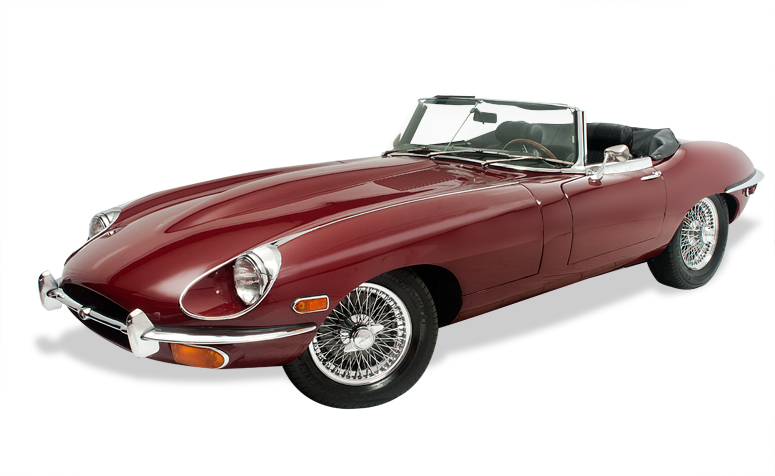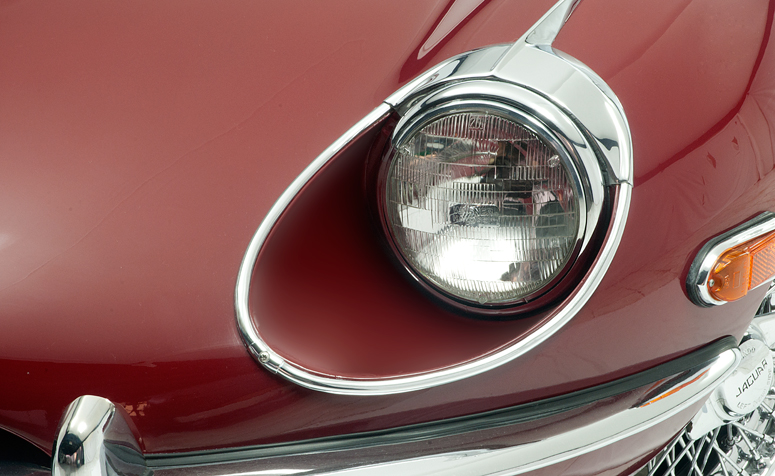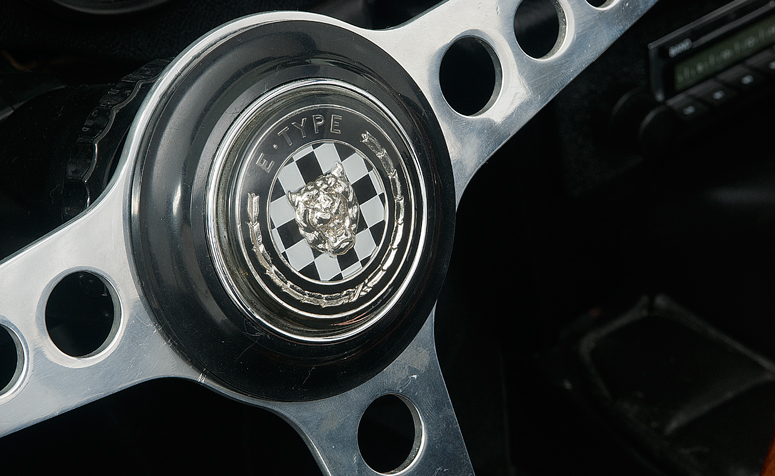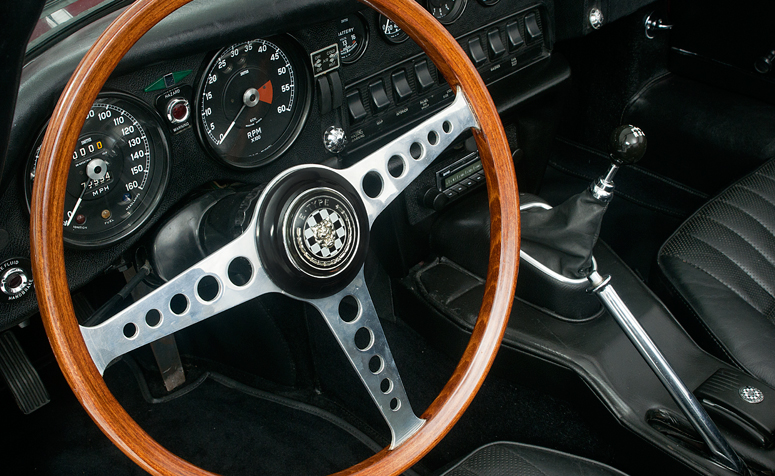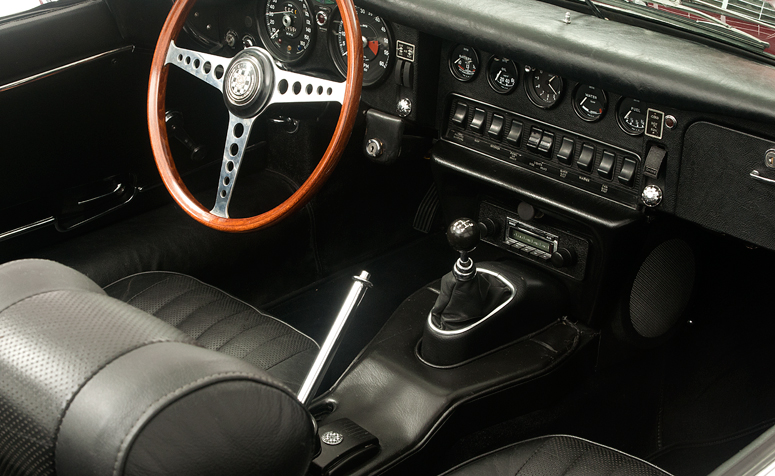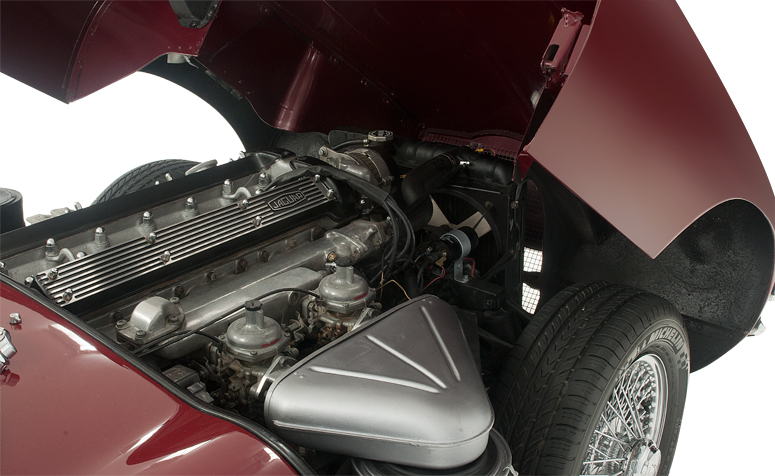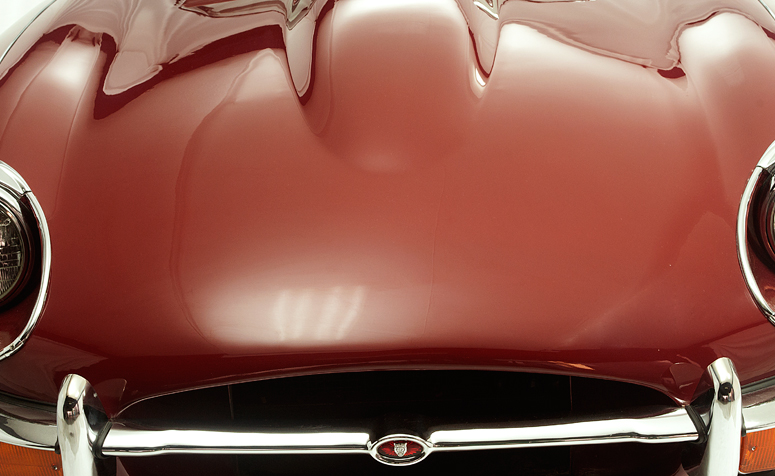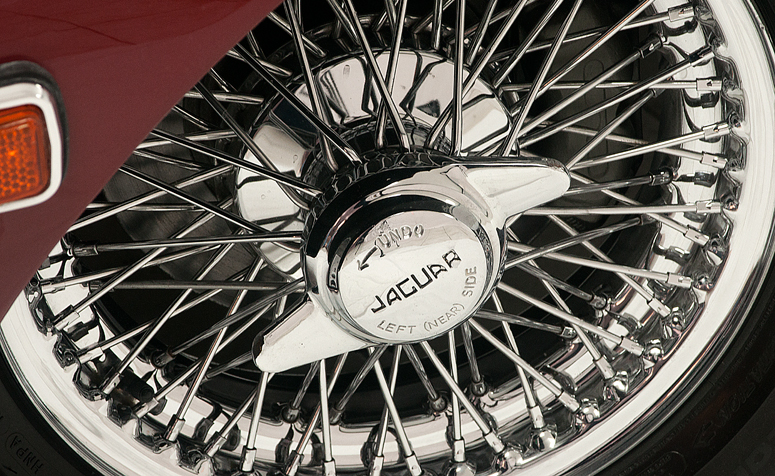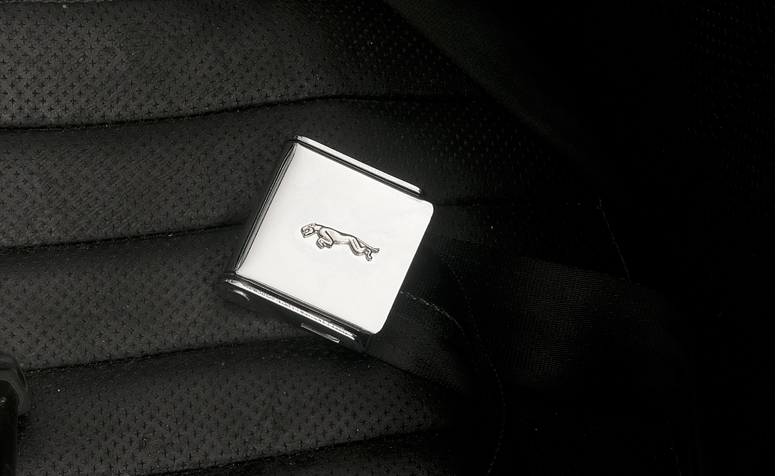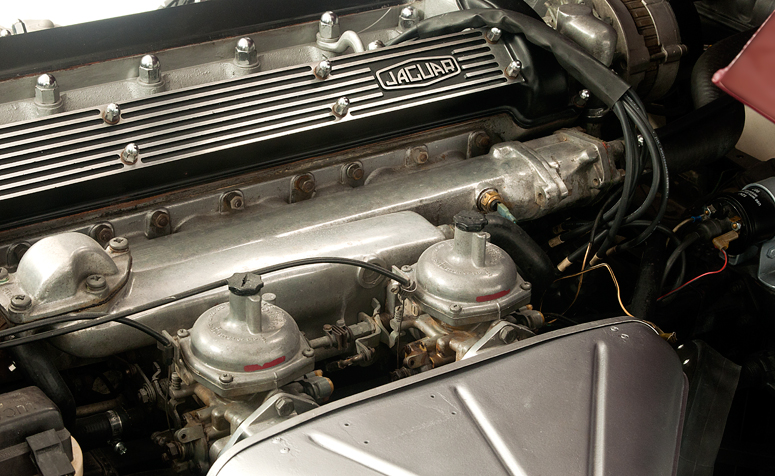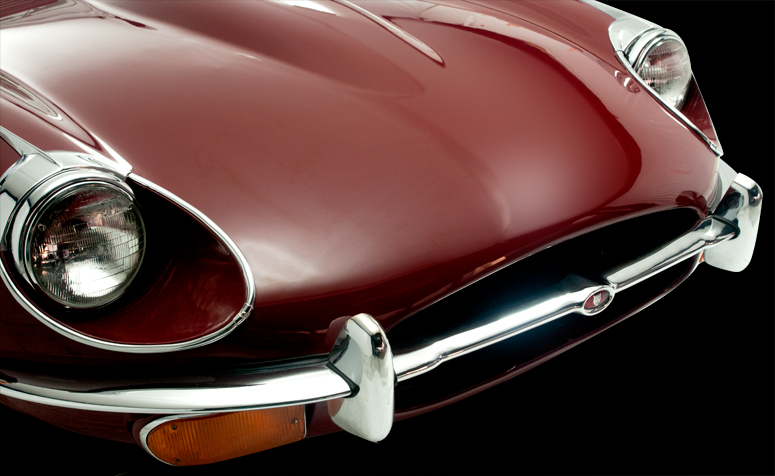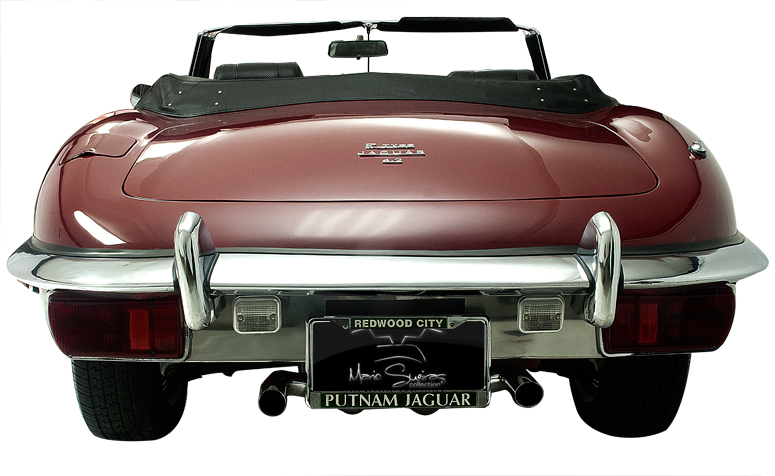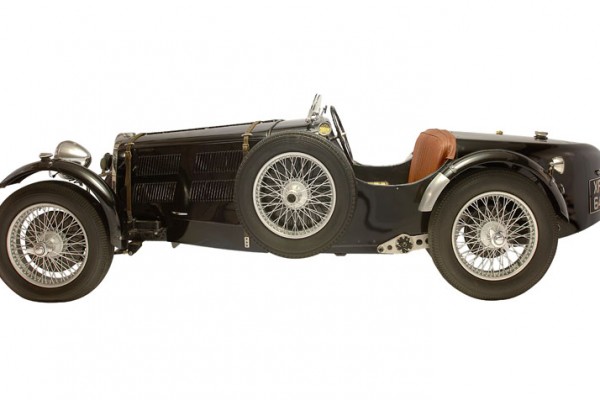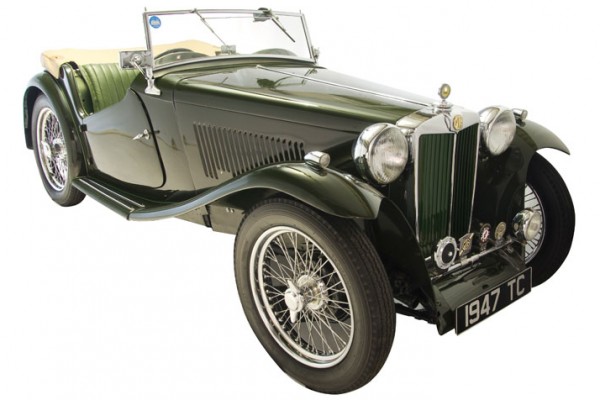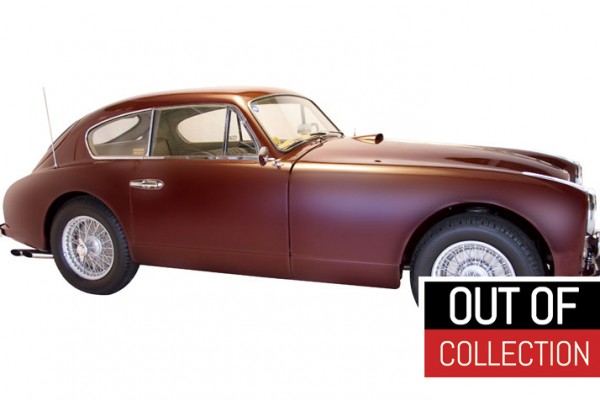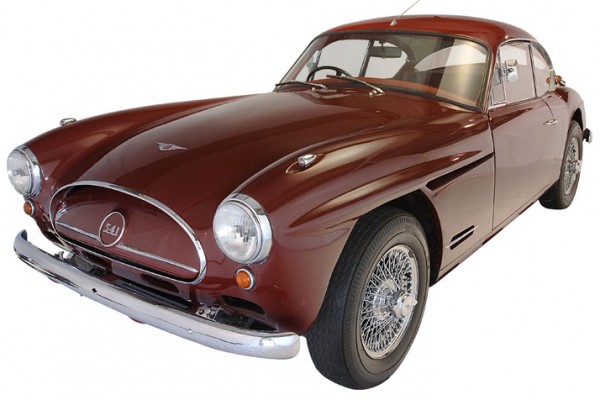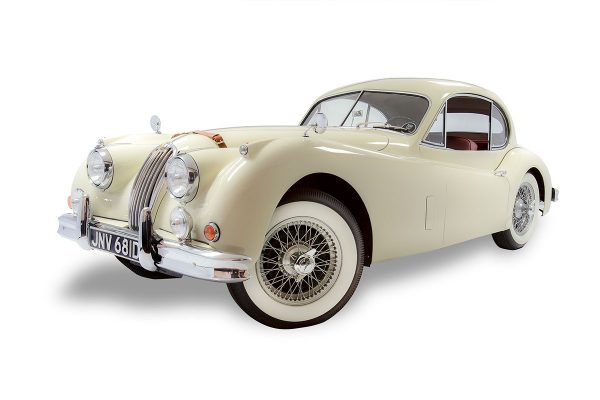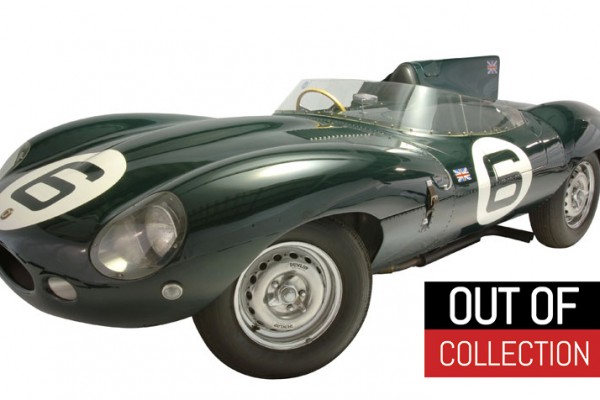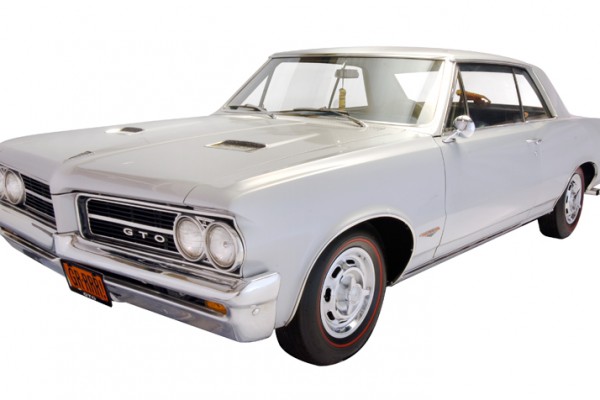In the late 1950s, Jaguar had planned a short retirement from racing as the increasing market demand for road cars left it little time for the track. Malcolm Sayer, a legendary aerodynamicist, began work on what he described as a sensational road car, the E-type. He was one of the first to apply the principles of aerodynamics to mass-production motorcar design.
The E-Type, or XK-E as it would be known in the Ú.S., seemed to have the best of all worlds. It was very fast, having vivid acceleration, great flexibility, unheard-of comfort and refinement for such a car, and pure good looks. To improve torque, the E-Type was given a new 4.2-liter XK engine (over the 3.8L) and synchromesh gearbox. Braking was improved by the deletion of the Kelsey-Hayes bellows-type servo in favor of a Lockheed vacuum booster.
Internally the 4.2 E-Types were given far better seats. The aluminum dash panels and center consoles were now covered in black leather. Like the Mark X, the only external way of distinguishing the 4.2 E-Types was the badge on the trunk lid.


